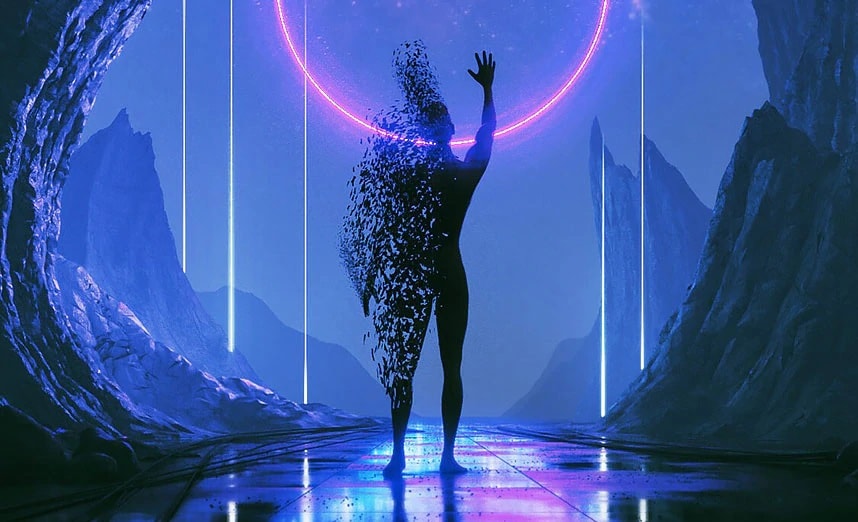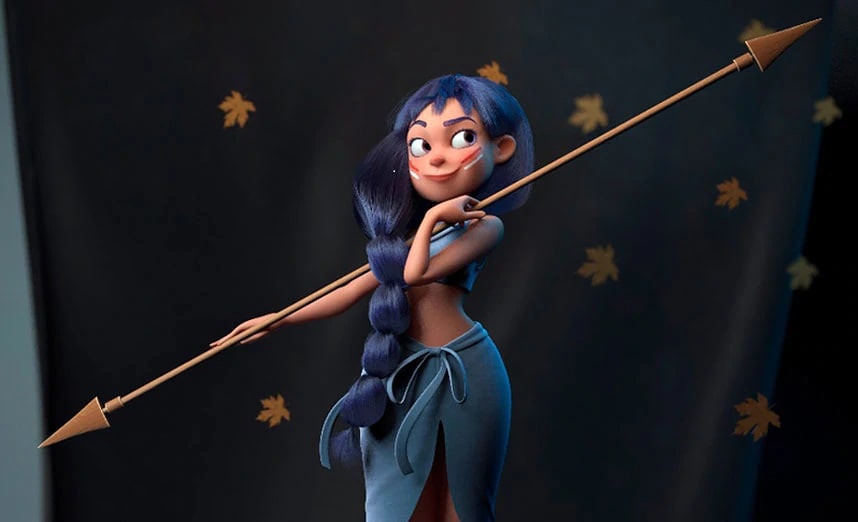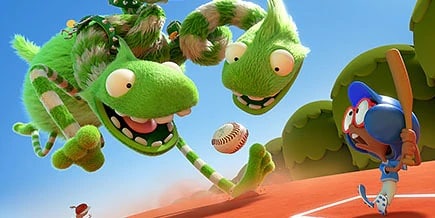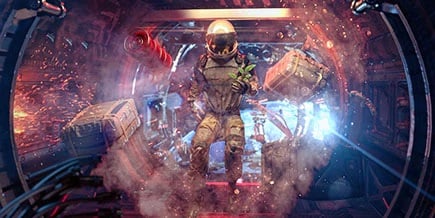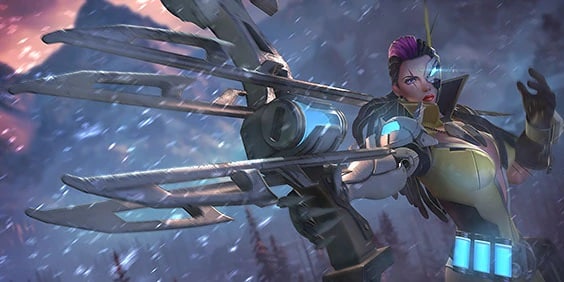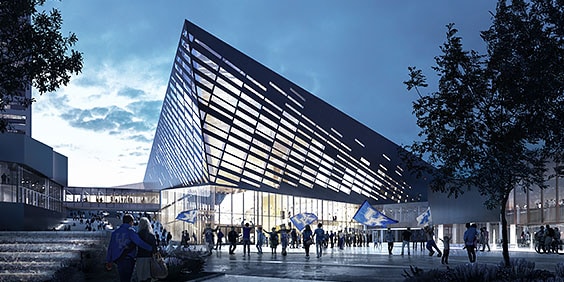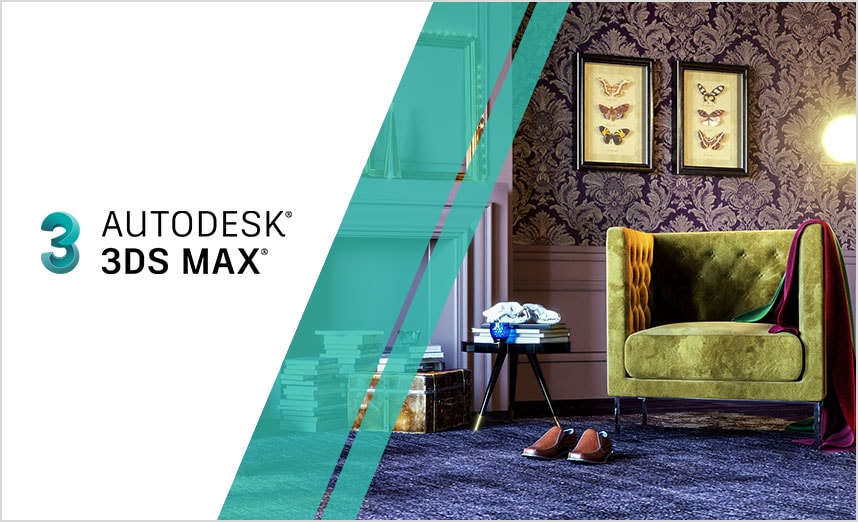AUTODESK AND UNITY
Together, bringing you the power to visualise and create immersive interactive real-time experiences.
Together, bringing you the power to visualise and create immersive interactive real-time experiences.
Real-time rendering is a field of computer graphics focused on analysing and producing images in real time. The benefit of real-time rendering is that users can interact with the render as it is developed. Real-time rendering is most often referenced in relation to interactive 3D computer graphics or 3D environments in video games to quickly render motion.
Image courtesy of André Salviato
In real-time 3D rendering, computers work to photorealistically convert 3D models into 2D images. 3D images are calculated in real time, so that it appears as though many images are occurring in real time.
Image courtesy of Jonas Schlengman
Real-time 3D rendering with Autodesk and Unity makes it possible to quickly build interactive designs, characters or models in-context – whether it’s a virtual walkthrough, game, car prototype or even a film project. Easily transfer files between Autodesk products and Unity, take advantage of Unity’s huge community of developer talent and support, and reach the broadest possible audience with Unity’s compatibility across 25+ platforms (including mobile, PC and VR/AR).
The FBX Exporter – and round-tripping between 3ds Max, Maya and Unity – automatically mirrors changes you make to your 3D assets in Unity, meaning faster iteration, greater productivity and more time savings.
Bring game characters to life or create VR walkthroughs of buildings. Enable more interactive and immersive experiences for better design visualisation.
Bring key stakeholders into your designs to gather and implement feedback instantly, avoiding costly changes made late in the production schedule.
Centralise all departments into a simultaneous, collaborative work environment and deploy your content across 25+ platforms including mobile, PC, AR/VR headsets and more.
Using 3ds Max or Maya with Unity gives 3D artists and animators a seamless creative workflow for creating games, films and AR/VR experiences for design visualisation.
Transform your Revit models into an immersive experience with just one click. Explore, share and interact with the model, and identify errors before construction begins.
Add interactivity to your automotive ecosystem and make better design decisions. Leverage high-fidelity VRED data to create immersive marketing, sales and training applications.
Now it’s possible to create rapid, interactive designs with Autodesk’s 3D tools and Unity’s real-time platform. Easily transfer files between Autodesk software – such as 3ds Max, Maya, Vred or Revit – and Unity and tie your real-time workflow together with Flow Production Tracking (formerly ShotGrid). Whichever Autodesk tools you use, you will reach the broadest possible audience across more than 25 Unity-compatible platforms.
